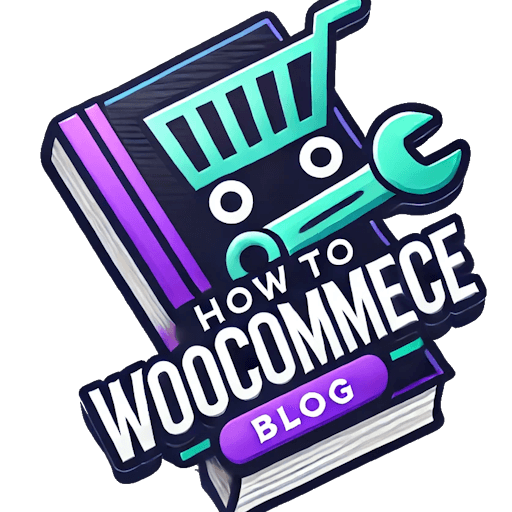How to Edit `woocommerce_email_order_meta` and Customize Your WooCommerce Emails
WooCommerce emails are crucial for customer communication, impacting brand perception and order management. By default, WooCommerce provides a set of standard order emails, but you often need to customize them to include specific information or branding. This article will guide you through modifying the `woocommerce_email_order_meta` filter to achieve this. We’ll cover the process, different customization approaches, and potential pitfalls to avoid.
Understanding `woocommerce_email_order_meta`
The `woocommerce_email_order_meta` filter allows you to add, remove, or modify the metadata displayed in WooCommerce order emails. This metadata includes information beyond the standard order details like customer name, address, and order items. You can add custom fields, modify existing ones, or even completely remove unwanted data. This filter is called during email generation, providing a powerful point of control over the email’s content.
Methods for Editing `woocommerce_email_order_meta`
There are several ways to edit the `woocommerce_email_order_meta` filter, each with its advantages and disadvantages:
#### 1. Using a Child Theme’s `functions.php` file:
This is the recommended approach, offering greater security and maintainability. Modifying a child theme doesn’t affect your core WooCommerce files, ensuring your changes are preserved during updates.
add_filter( 'woocommerce_email_order_meta_fields', 'customize_order_email_meta', 10, 2 ); Explore this article on How To Change Woocommerce Button Link Color function customize_order_email_meta( $fields, $sent_to_admin ) {
Discover insights on How To Set Up Easy Digital Downloads With Woocommerce
//Example: Remove the ‘Order Notes’ field from customer emails
if ( ! $sent_to_admin ) {
unset( $fields[‘customer_note’] );
}
//Example: Add a custom field ‘Order Reference’
$fields[‘order_reference’] = array(
‘label’ => __( ‘Order Reference’, ‘your-text-domain’ ),
‘value’ => get_post_meta( $order->get_id(), ‘_order_reference’, true ), // Replace ‘_order_reference’ with your custom meta key
);
return $fields;
}
#### 2. Using a Custom Plugin:
Creating a custom plugin provides better organization and allows you to manage your customizations more effectively, especially if you have multiple modifications.
<?php /**
- Plugin Name: WooCommerce Email Meta Customizer
- Plugin URI: #
- Description: Customizes WooCommerce order email metadata.
- Version: 1.0.0
- Author: Your Name
- Author URI: #
- License: GPL2
- License URI: https://www.gnu.org/licenses/gpl-2.0.html
- Text Domain: woocommerce-email-meta-customizer
add_filter( ‘woocommerce_email_order_meta_fields’, ‘customize_order_email_meta’, 10, 2 );
// … (rest of the code is the same as the child theme example)
?>
#### 3. Using a Code Snippet Plugin:
Plugins like Code Snippets allow you to add code directly to your WordPress installation. While convenient for small changes, this approach is generally less recommended due to potential conflicts and difficulties in managing code.
Conclusion: Choosing the Right Method & Explore this article on Woocommerce How To Set Up Where Products Appear Best Practices
The best method for editing `woocommerce_email_order_meta` depends on your technical skills and the complexity of your customizations. For simple changes, a child theme’s `functions.php` might suffice. However, for more extensive modifications or for better maintainability, creating a custom plugin is highly recommended. Remember to always back up your website before making any code changes. Furthermore, ensure you understand the implications of modifying core Learn more about How To Chnage My Shipping Rates In Woocommerce WooCommerce functionality and test your changes thoroughly before deploying them to a live site. Utilizing a staging environment is a vital step in this process. By following these guidelines, you can successfully customize your WooCommerce order emails to meet your specific needs and enhance your customer experience.

